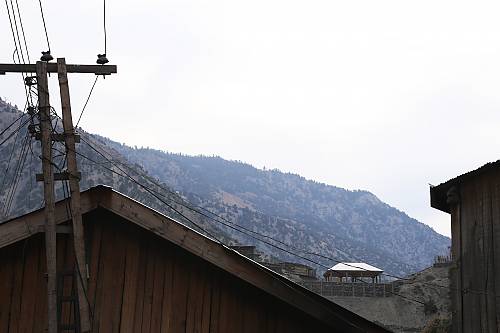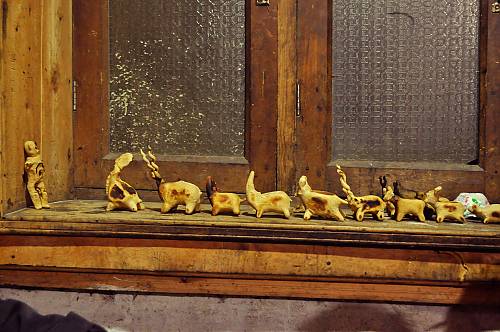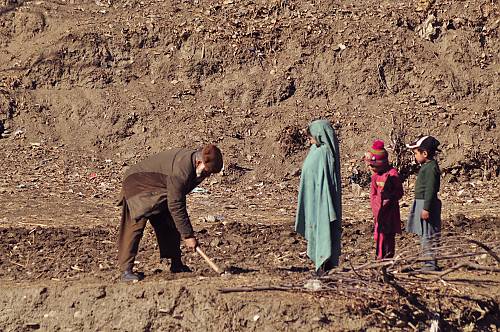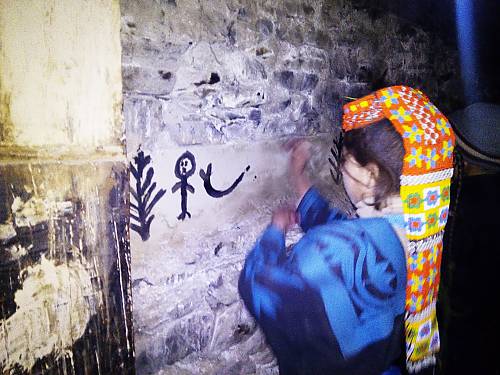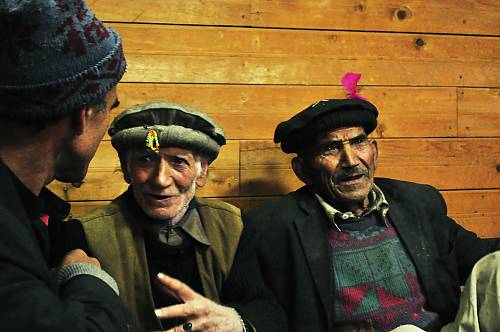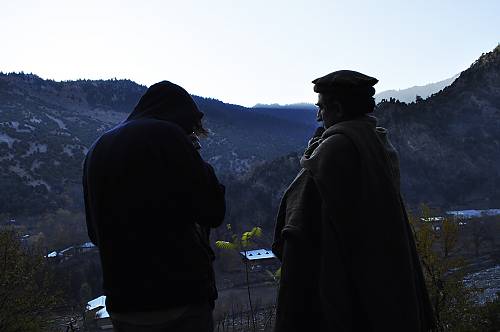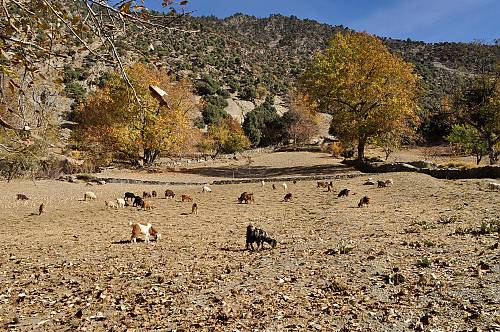Suri Jagek (observing the sun), traditional meteorological and astronomical practice based on the observation of the sun, moon and stars in reference to the local topography
Inscribed in 2018 (13.COM) on the List of Intangible Cultural Heritage in Need of Urgent Safeguarding
 © Embassy of Switzerland, Canada Fund for Local Initiatives and THAPP in collaboration with UNESCO, 2017
© Embassy of Switzerland, Canada Fund for Local Initiatives and THAPP in collaboration with UNESCO, 2017 Suri Jagek, literally translated as ‘observing the sun’, is the traditional Kalasha meteorological and astronomical knowledge system and practice – enacted predominantly in the Hindu Kush mountain range – based on the observation of the sun, moon, stars and shadows with respect to the local topography. The system is a complex structure of empirically observed knowledge and is repeatedly referenced to allow the Kalasha people to predict the appropriate time for sowing seeds, animal husbandry and natural calamities. It is also used to govern the Kalasha calendar by determining the dates of important social events, festivals, feasts and religious ceremonies. The practice demonstrates the relationship of the Kalasha people with their surroundings and the importance of their immediate geographical context to sustain their way of life. The viability and transmission of the knowledge system rest on an innovative transfer of information through folk stories, songs, proverbs and rhetoric and certain aspects of it – such as the study of shadows and its use in rearing cattle and livestock – are being recreated to fit into modern society. However, with the advent of the digital age, people are increasingly opting for more technologically ‘advanced’ means of predicting weather conditions. While the practice remains visible as an oral tradition, there is currently a lack of awareness among the younger generation about its cultural significance and benefits.
